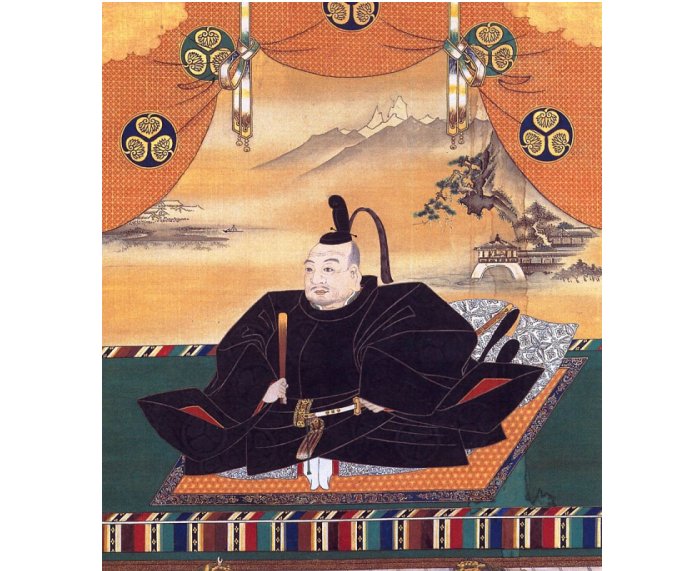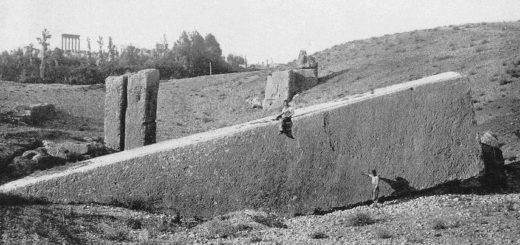On This Day In History: Tokugawa Shogunate Begins In Japan After Historical Battle – On Oct 21, 1600
On October 21, 1600, the first shogun of the Tokugawa family began his reign in Japan.This day is often considered the beginning of the Tokugawa family’s reign over Japan.After the Battle of Sekigahara in 1600, central authority fell to Tokugawa Ieyasu. It began 265-year Tokugawa shogunate, or military dictatorship, of Japan.

The hegemony of the Tokugawa period also called Edo period, (1603-1867) was the final period of traditional Japan, a time of internal peace, political stability, and economic growth.
It happened under the shogunate (military dictatorship) founded by Tokugawa Ieyasu.
In 1600 Ieyasu defeated the Western Army in the decisive battle of Sekigahara, thereby achieving supremacy in Japan.
In 1603 Emperor Go-Yōzei, ruler only in name, gave Ieyasu the historic title of shogun (military governor) to confirm his pre-eminence. Under Ieyasu’s control, Japan was now united and strong.
He worked hard to restore stability to Japan and encouraged foreign trade, which included many distant countries even in Europe.
As shogun, Ieyasu – a high-ranking military officer that can be compared to a four-star general – skillfully achieved hegemony over the entire JapanIt is important to note that Japan had been ruled by shoguns from other clans from 1192 but the Tokugawa clan, which was the last in series of shogun dynasties, was the most famous one.
The Tokugawa shogunate oversaw the longest period of peace and stability in Japan’s history, lasting well over 250 years.



 Creators of mankind
Creators of mankind Description of “Tall white aliens”
Description of “Tall white aliens” Where they came from?
Where they came from? About hostile civilizations
About hostile civilizations The war for the Earth
The war for the Earth “Tall white aliens” about eternal life
“Tall white aliens” about eternal life Video: “Nordic aliens”
Video: “Nordic aliens” Aliens
Aliens Alien encounters
Alien encounters The aliens base
The aliens base UFO
UFO Technology UFO
Technology UFO Underground civilization
Underground civilization Ancient alien artifacts
Ancient alien artifacts Military and UFO
Military and UFO Mysteries and hypotheses
Mysteries and hypotheses Scientific facts
Scientific facts


















